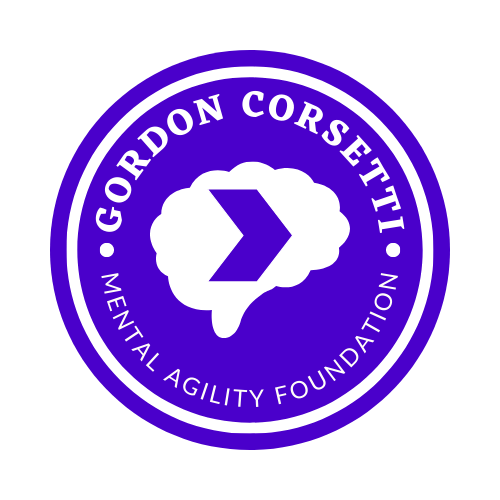Behavioral Algorithms: Following Distance
/The most consistently difficult thing about linework is driving. Every day, I’m responsible for safely maneuvering a 30,000lbs utility vehicle while towing a 20’ trailer. It doesn’t matter if it’s raining, and it doesn’t matter if fog messes with visibility. My job is to get the bucket truck to whichever job site the foreman sent me that morning so that our linemen have what they need to complete their job.
I’m grateful I haven’t been in a motor accident in over ten years, and that my only ticket in that span was an expired registration. I’m a defensive driver, and I use a few behavioral algorithms to reduce my risk of accidents. However, a Chevy Cruze IS NOT a Kenworth bucket truck! My personal vehicle stops when I slam the breaks. The bucket truck plus a fully-loaded materials trailer wants to keep going because, physics.
Before our crews mobilized to drive to Gulfport, MS, our safety coordinator went through his checklist for safe driving. His biggest pet peeve was drivers following too closely. “Leave at least six seconds of space for utility trucks.” An easy directive to follow, but we’ve all been on long trips before where it’s easy to mentally check out; suddenly you can see the kid’s movie playing in the minivan in front of you and that’s the cue to sheepishly slow down.
We weren’t driving to or from vacation. We were driving to work, and our vehicles were essential to that work. If anyone got into an accident because they were following too closely, that was one truck out of the game for an indeterminate amount of time. Not acceptable when going to restore power to a region ravaged by hurricane winds. The plan was for everyone to get to the staging area in a condition to do work, our responsibility was to drive in a fashion that was safe for us and our equipment. I alluded to behavioral algorithms earlier, and I’d like to show how I use them for improvement in different areas of my life starting with driving:
IF “I see one motorcycle in a mirror,” THEN “I assume there is a second.”
IF “I see a vehicle rapidly change lanes behind me,” THEN “I slow down and allow them to pass.”
IF “I see any kind of red light ahead of me,” THEN “I gently touch the brakes.”
I do the same during my working day as an apprentice lineman:
IF “I put on my climbing belt,'“ THEN “I also clip my rubber gloves to my belt.”
IF “I drop into the bucket,” THEN “I secure my three-point harness.”
IF “I must step out of the cab,” THEN “I put on my high-vis vest, hard hat, and gloves.”
Behavioral algorithms are powerful ways to tie desired behaviors to real-world events. I rarely tie my behaviors to time because, try as I might, my brain doesn’t like time prompts as those can always be pushed away. We’ve all hit the snooze button.
However, my brain really likes IF/THEN statements, like:
IF “I put my slippers on after waking up,” THEN “I drop to the floor and complete 25 pushups.”
IF “I finish my lunch,” THEN “I complete a 10-minute self-hypnosis exercise.”
IF “My cat jumps on my lap,” THEN “I give him my attention for 5-minutes.”
Get yourself immersed in how to effectively create algorithms to spur healthier choices in your life with James Clear’s book: “Atomic Habits”. I burned through this book, underlining every other sentence because so much of it made sense. Whether you’d like to be a bit fitter, drive a bit safer, or just increase your likelihood of studying German (IF “I brew my morning coffee,” THEN “I’ll listen to German music.”); I cannot recommend Clear’s book enough.
Finally, wherever you’re driving today — be safe getting there. My crew needs the utility truck that I drive to be in working order, but they also need me to be in one piece to help with the work. So do your coworkers, your partner, your friends, and your kids. Take a second to visit Molly Welch’s website: asecondlater.com to learn about her story, and her advocacy work to reduce distracted driving.
Oh, and here’s a picture what driving toward Hurricane Ida looked like:






